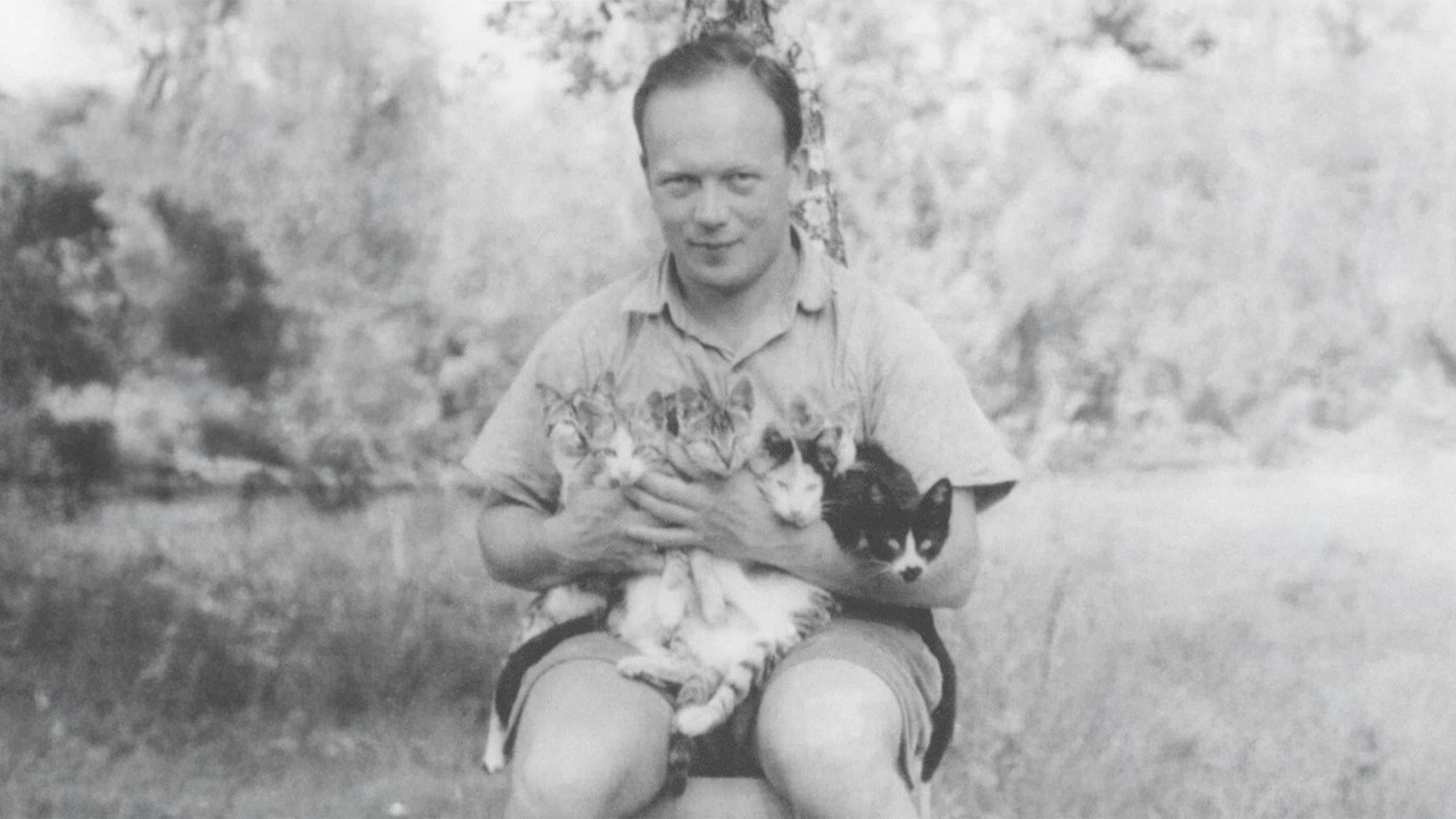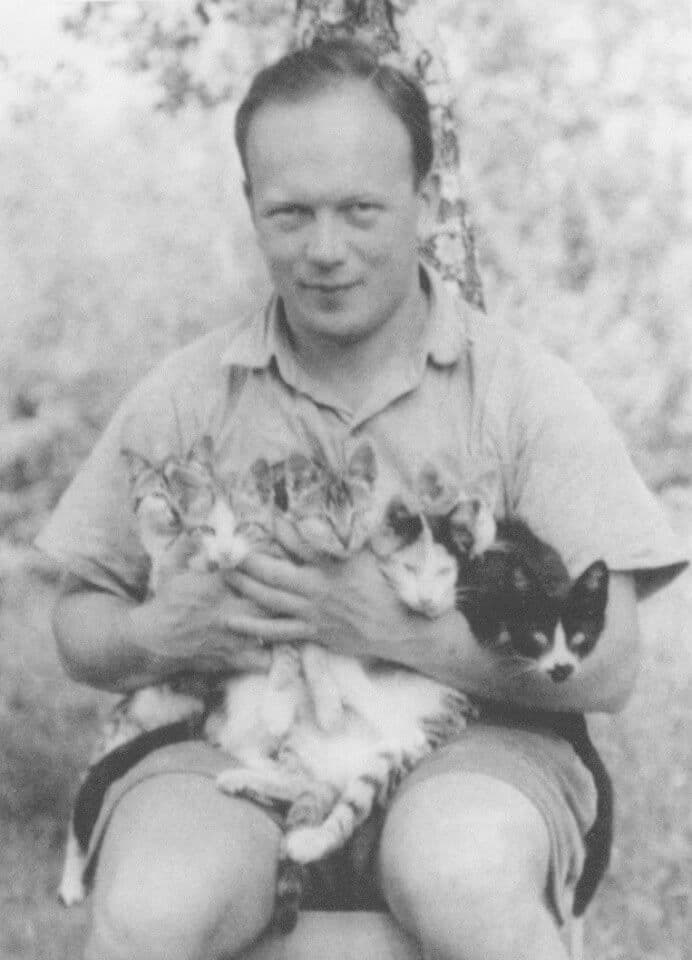Two Polish doctors working at the Red Cross hospital during World War II saved more lives than Oskar Schindler.

Private war
The story took place in Rozwadów near Stalowa Wola. A freshly graduated doctor, Eugeniusz Łazowski, arrived at the local Polish Red Cross hospital, invited by Princess Anna Lubomirska. Soon, he brought his colleague Stanisław Matulewicz, a doctor with a passion for science, who set up a laboratory in the back of his staff apartment. Here, the idea was born that saved the lives of thousands of people.
In his makeshift laboratory, Matulewicz discovered that the commonly occurring and naturally harmless bacterium Proteus vulgaris OX19 gave the same reactions in the Weil-Felix test as the microorganisms that cause typhus. And it was the Weil-Felix test that the Germans used to confirm whether a patient’s blood was contaminated with typhus. It happened that Matulewicz was visited by a resident who had returned from a forced labor vacation in Germany. He begged the doctor to amputate his arm or leg so he wouldn’t have to return. Matulewicz's medical ethics prevented him from amputating healthy limbs, but he injected the young man with Proteus intramuscularly, instructing him to pretend to be dazed (as is the case with typhus), feverish and curled up in agony due to the truly typhus-like abdominal pain. He sent the patient's blood to the German doctors for examination, and after a few days received a red telegram: "Weil-Felix reaction" positive. The patient did not return to work. Matulewicz would probably have ended the experiment there if Łazowski had not found a war application for this discovery. For over three years, they injected the residents of Rozwadów with Proteus bacteria, causing an epidemic that did not exist. The patients themselves were even unaware of this, which allowed the entire matter to be kept secret for so long, saving many lives.

fot. za https://www.facebook.com/PolacyBohaterowie/
The police and gendarmerie stopped venturing into the vicinity of Rozwadów, the area of several communes was placed under quarantine, and warnings were hung on the border posts and trees: "Achtung! Fleckfieber. The occupiers were afraid of this disease. Especially an epidemic in the army, which is why the Germans avoided contact with the sick at all costs. After testing the blood of the residents of Rozwadów and the surrounding areas, they announced an epidemic and banned entry to this town. Łazowski and Matulewicz were successful because the lack of visits from Germans meant no deportations for forced labor, as well as a postponement of the liquidation of the Jewish ghetto.
The doctors continually inflated the number of sick people, ordering new supplies of typhus medication. However, the occupier's attention was eventually drawn to the low mortality rate among the locals. Finally, the Germans sent a delegation to the town to see for themselves what life was like in the isolated epidemic center. The doctors greeted the delegation on the outskirts of the town, generously providing bread, salt, and alcohol. This managed to get the chief doctor drunk, while the other representatives were taken to real residents who were genuinely suffering from typhus and were told to take blood samples. The Germans were frightened they might get infected and ordered Łazowski to take samples. After some time, the Gestapo discovered that Dr. Łazowski was cooperating with the AK, secretly treating and dressing wounded partisans, and therefore issued a warrant for his arrest. Łazowski had to flee to Warsaw, where he remained until the end of the war.
In 1945, Dr. Łazowski began working at the Mother and Child Institute, and in the 1950s he moved with his family to the USA, where he continued his pediatric practice and earned a professorial title. Matulewicz went through Belgium to Zaire, where he became a renowned radiologist. The world learned about the incredible actions of both Polish doctors from Łazowski's memoirs, written in the 1970s entitled.Private war. Memoirs of a doctor-soldier 1933-1944. According to calculations, "their typhus" saved about 8,000 people from death, deportation to concentration camps, and forced labor in the Reich.
Facts about the Polish Red Cross
Only after the fourth request to the International Red Cross was the Polish Red Cross recognized on the international stage.
The beginnings of blood donation in the Red Cross date back to 1935, which took place 83 years ago.
If the borders of Poland had not been changed after World War II, the 100th anniversary of the Polish Red Cross (PCK) would have been celebrated with the Lviv, Volhynian, and Wilno branches, which are still active today but under the structures of different state associations.
The employees of the Polish Red Cross carried out the exhumation of Polish officers murdered in the Katyn Forest while also being responsible for creating the official Katyn Lists
The Red Cross movement and its foundations were the source for the establishment of sanitary services for wounded soldiers under the names Polish White Cross and Polish Green Cross.
Over the years, the rules for statutory financing of the PCK's activities have changed, as has our role and position within the state.
The PCK enjoyed immense public trust during the Second Polish Republic, and the most important figures in the state always spoke about our organization with the utmost respect.
To this day, in Tarnów, Małopolska, there is a nearly 100-year tradition of parades through the city organized on the occasion of the Polish Red Cross Week.
On February 8, 2018, it was 50 years since the establishment of the badge of the Honorable Blood Donor
On February 8, 2018, it marked 50 years since the establishment of the badge of the Meritorious Honorary Blood Donor
PCK never accepted any gratifications and did not support the Nazi authorities, thereby exposing itself to severe consequences.
The Polish Red Cross was the initiator of healthcare in rural areas during the interwar period and the establishment of the first village health centers.
PCK was involved in the construction of the Marshal Piłsudski Mound in Sowińca in Krakow in 1936
At the beginning of 1919, within the structures of the newly established Polish Red Cross Society, 3 District Branches of the PTCK were created: for Galicia, the Grand Duchy of Posen, and Silesia.
During its 100-year activity, the Polish Red Cross, the International Committee of the Red Cross, honored 102 Polish nurses associated with our organization with the Florence Nightingale Medal.
The Polish Red Cross was the organizer of parachuting courses
Did two Polish doctors working at the Red Cross hospital during World War II save more lives than Oskar Schindler?
There existed simultaneously the Polish Red Cross and the Polish White Cross, whose president was Helena Paderewska.
There was a time in the history of PCK when, legally, two or even three Main Boards of PCK operated simultaneously.
Help us endlessly
Thanks to the kindness and support of our Donors, we can help children, seniors, support medical rescuers, promote the idea of blood donation, and implement many other projects that save lives in times of conflict or humanitarian crises. Every donation and every form of support is significant because the Polish Red Cross connects those in need with those who want to provide help. Let’s help together!
See also
At the same time, there existed the Polish Red Cross and the Polish White Cross, whose president was Helena Paderewska.
The organization of the Polish White Cross was established on February 2, 1918, in the United States during World War I. It was founded by Helena Paderewska, the wife of Ignacy Paderewski. The main goal was to provide assistance to the victims of the war.
The Polish Red Cross was the organizer of parachuting courses.
At the PCK Nursing School in Warsaw, located at Smolna 6, a parachute training course was organized for the female students of the school in 1938. The curriculum included not only vocational subjects but also military-themed subjects.
You are currently viewing a page filtered by content from the department. Cała PolskaIf you want to view content from Cała Polskaclick the button